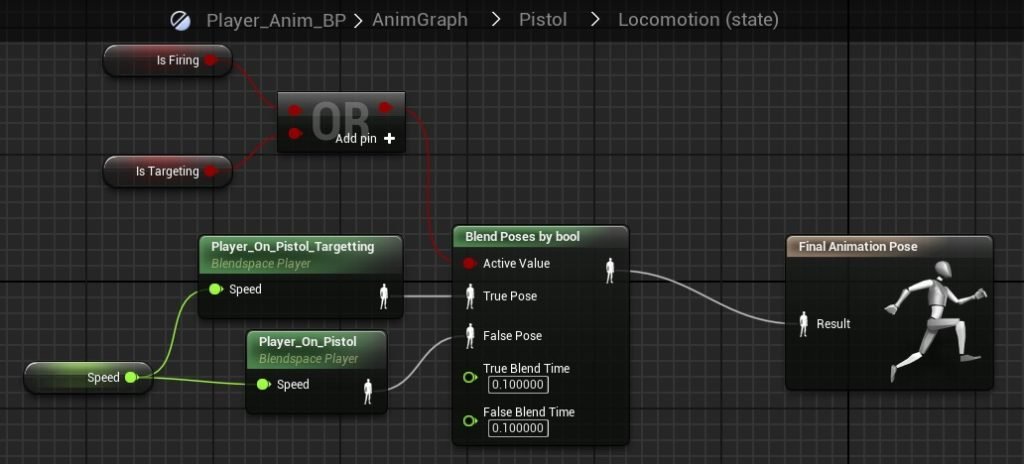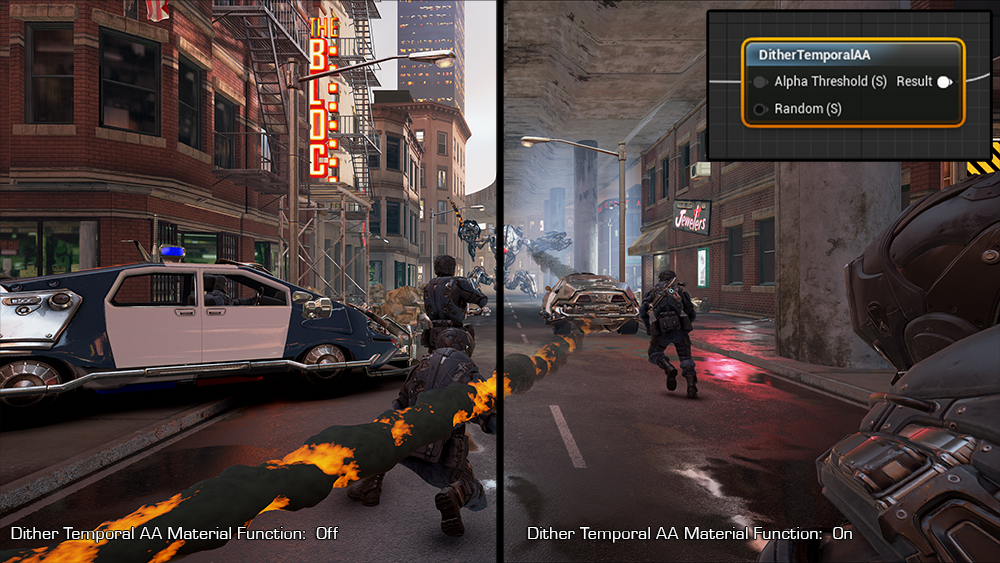Can you make VR games in Unreal Engine? Ever wondered if it’s doable? Well, the answer is a resounding yes. Stick around as we unravel the process and spill the beans on how you can create your very own VR games using Unreal Engine.
It’s time to turn your game development curiosity into a hands-on, virtual reality adventure!
Can You Make VR games in Unreal Engine?
Yes, you can make VR games in Unreal Engine. Unreal Engine 4 is particularly well-suited for VR game development and is compatible with popular VR hardware, such as HTC Vive and Oculus headsets.
UE provides a robust platform with plugins to enhance capabilities for crafting immersive virtual experiences.


Why Should You Use Unreal Engine to Develop a VR Game?
Unreal Engine stands out as a top choice for developing Virtual Reality (VR) games due to several key advantages over its competitors.
UE’s Powerful Programming Language and Visual Scripting Capabilities
With C++ at its core, Unreal Engine provides developers with an incredibly versatile system, allowing them to implement intricate mechanics and in-game physics.
Additionally, the engine boasts a visual scripting tool called Blueprints, which not only accelerates development but also provides a more visualized workflow.


The Render System
While it lacks an in-built feature for writing complete high-level shader language (HLSL), the engine compensates with a node-based material editor that allows for a wide range of customizations.
Unreal Engine’s real-time cinematic rendering and Visual Effects (VFX) capabilities set it apart from competitors, providing a level of sophistication that is challenging to surpass in the industry.
>>>Read more: Is Unreal Engine Better than Maya? Which Should You Use?
Unreal Engine’s Commitment to XR (Extended Reality) Development
Similar to Unity, it offers multiple physics-based interactions for immersive apps and games, including the support of PhysX/Chaos, a VR template, and a variety of third-party plugins.
This broad XR development prospect ensures that developers have the tools and resources needed to create engaging and immersive VR experiences, making Unreal Engine a preferred platform in the competitive landscape of VR game development.


UE’s Unique Features for VR Games
Unreal Engine offers unique features specifically tailored for VR game development, setting it apart as a leading platform in the industry.
Variable-Rate Shading and Fixed Foveated Rendering
One standout feature is the incorporation of Variable-rate shading and fixed foveated rendering, technologies emphasized in the official documentation of VR performance features.
These features provide an additional performance boost for VR projects, empowering developers to undertake more ambitious endeavors.
When applied judiciously, Variable-rate shading and fixed foveated rendering not only enhance performance but also simplify the workflow for technical artists.
VR Instanced Stereo
Another distinctive feature is VR instanced stereo, which plays a pivotal role in creating a truly immersive sound design for VR games.
Activating this feature in the settings adds a genuine stereo effect to the sound effects, enhancing the overall sensory experience for players.
>>>Read more: Is Unreal Engine 5 Easy? How Long Does It Take To Learn UE5?
VR Performance Profiling and Forward Rendering
Moreover, Unreal Engine includes VR performance profiling and forward rendering, offering powerful tools for optimization and efficient management of high-poly game assets.
Forward rendering facilitates faster work with multiple effects and complex scenes, while improved anti-aliasing options contribute to pushing visual quality further.
The integration of these features in Unreal Engine not only streamlines the development process but also ensures that testing VR games becomes more straightforward and lag-free.
By conscientiously leveraging these unique features, you can elevate their VR game projects, taking advantage of cutting-edge technologies and optimizations provided by Unreal Engine.
>>>Read more: 10 Facts About Unreal Engine Southeast Asia You Might Not Know
How to Make a VR Game in UE?


To make a VR game in Unreal Engine 4, you can take advantage of its compatibility with HTC Vive and Oculus headsets.
Utilize essential plugins like VR expansion or UnrealHaptics to expand capabilities during VR game development. These plugins, well-suited for UE4, enhance the creation of immersive experiences.
Given UE5’s advancements, including technologies like Nanite and Lumen, which improve speed, performance, and product quality, it might seem tempting for VR game development.
However, it’s crucial to note that as of now, most of these innovations are not optimized for VR in Unreal Engine 5. The new lighting system in UE5, while promoting faster work with global illumination, is currently incompatible with virtual reality.
Epic Games has not provided clear timelines for when Nanite and Lumen will be functional in the context of XR technology, making UE4 a more suitable choice for current VR projects.
What to Consider When Making VR Games in Unreal Engine 5?


When making VR games in Unreal Engine 5, consider that it’s free and open-source, allowing you to tweak configurations for your needs. It supports VR game creation for various platforms like Oculus Rift, Quest, and Go.
Unreal is advantageous for mobile games in AR/MR environments compared to other engines. To start, install the software and choose a project template.
Unreal works well with Oculus devices, letting you create high-quality VR games with great graphics. There are plenty of tutorials available, making it easier and cost-effective for new developers.
While Unreal Engine is free, there’s a 5% royalty fee when your VR game earns over $1 million. In return, developers can easily modify Unreal’s source code for their needs.
Unreal Engine offers a low entry threshold, quick onboarding, advanced graphics, various VR plugins, performance optimization, a powerful programming language, and cross-platform development with a user-friendly interface.
Wrap Up
Can you make VR games in Unreal Engine? The answer is a definite yes! You can indeed make VR games in Unreal Engine!
With its robust features, compatibility with VR devices, and an extensive community offering support and tutorials, Unreal Engine provides a powerful platform for bringing your virtual reality game ideas to life.
Now armed with this knowledge, dive into the world of Unreal Engine and start crafting your immersive VR experiences with confidence and creativity. Happy game development!
–
Animost – Vietnam 3D Animation Studio




hello@animost.com



